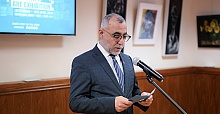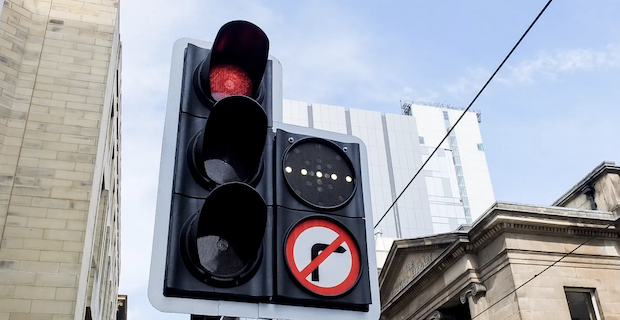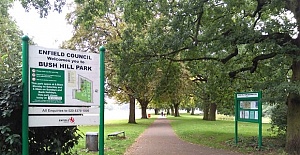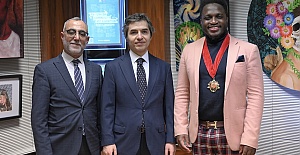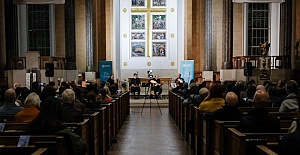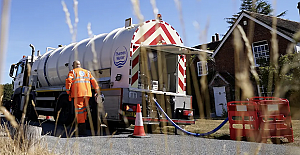TfL and Yunex Traffic have successfully transferred TfL’s traffic signal system to the cloud-based Real Time Optimiser (RTO) system. TfL manages, optimises and controls Europe’s largest traffic signal network of around 6,400 signal sites across the capital. London is moving towards an intelligent adaptive traffic signal system that enables optimisation of green time for all street users, including pedestrians, bicycles, buses and cars in a world first
The new system will deliver improved journey times, traffic flows and responses to incidents, as well as improved data on journey demand and road network patterns
Transport for London (TfL), working with Yunex Traffic Limited, has successfully transferred its ageing traffic signal system to the cloud-based Real Time Optimiser (RTO) system. This world-leading upgrade to London's road network management enables improved journey times, traffic flows and responses to incidents, as well as improved data on journey demand and road network patterns. This will help inform TfL’s work to optimise the road network.
TfL manages around 6,400 automated traffic signal junctions and pedestrian crossings, one of Europe’s largest traffic signal networks, which help to move traffic across both the TfL and borough road networks safely and efficiently. The RTO will transform the current traffic light control system that has been keeping London moving for more than 30 years. This will allow TfL to mitigate against the challenges of the complex, older road layout in the capital, providing resilience and future proofing its road network management.
Almost 4,000 junctions, 1,500 pedestrian crossings, and more than 16,000 traffic detectors across Greater London were seamlessly migrated to a new system without any impact on London’s road network over a two-week period.
Traffic signals are central to the safety of Londoners on roads and are hugely important in helping TfL to run an efficient bus network. This infrastructure and its integration with RTO allows TfL’s Control Centre to respond to incidents on the roads to ensure that all road users whether they be walking, cycling, using public transport or driving can travel safely. TfL’s management of the road network is also central to its Vision Zero goal of eliminating deaths and serious injuries on the transport network.
The RTO also provides TfL with the platform to support the introduction of FUSION, a new intelligent adaptive control optimiser, which can replace the existing SCOOT system that has been operating across London for more than 30 years. This new system will be pivotal in improving air quality across the city, reducing congestion and helping traffic flow by using a wide range of modern data sources techniques.


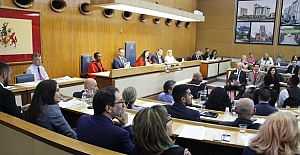 After Nesil Caliskan a by-election will be held in Jubilee ward in Enfield
After Nesil Caliskan a by-election will be held in Jubilee ward in Enfield Publishing the analysis, Labour’s Cllr Ergin Erbil said Everybody in Enfield deserves basic rights
Publishing the analysis, Labour’s Cllr Ergin Erbil said Everybody in Enfield deserves basic rights Gaza-Israel conflict Statement from Cllr Ergin Erbil, Leader of Enfield Council
Gaza-Israel conflict Statement from Cllr Ergin Erbil, Leader of Enfield Council Cllr Ergin Erbil was elected as the new Leader of Enfield Council
Cllr Ergin Erbil was elected as the new Leader of Enfield Council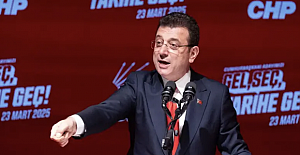 The European Union called on Turkey to uphold democratic values
The European Union called on Turkey to uphold democratic values Turkish citizens in London said Rights, Law, Justice
Turkish citizens in London said Rights, Law, Justice The Council of Turkish Cypriot Associations Geneva response letter
The Council of Turkish Cypriot Associations Geneva response letter Sustainable Development and ESG, Will This Become the Course for Turkic World
Sustainable Development and ESG, Will This Become the Course for Turkic World Saran Media And Euroleague Basketball Extend Media Rights Partnership for Four More Years
Saran Media And Euroleague Basketball Extend Media Rights Partnership for Four More Years Will Rangers be Jose Mourinho’s next victim?
Will Rangers be Jose Mourinho’s next victim?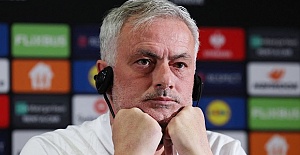 Jose Mourinho's Fenerbahce face Rangers on Thursday
Jose Mourinho's Fenerbahce face Rangers on Thursday Inzaghi stated that they felt the absence of our national player Hakan Çalhanoğlu
Inzaghi stated that they felt the absence of our national player Hakan Çalhanoğlu Trial used smart Wi-Fi sensors for live building occupancy data to optimise
Trial used smart Wi-Fi sensors for live building occupancy data to optimise Enfield Council at a special awards ceremony
Enfield Council at a special awards ceremony Enfield Council continues to invest in Edmonton, supported by £11.9 million in funding
Enfield Council continues to invest in Edmonton, supported by £11.9 million in funding Survey shows improvements in Enfield Council’s housing services
Survey shows improvements in Enfield Council’s housing services



